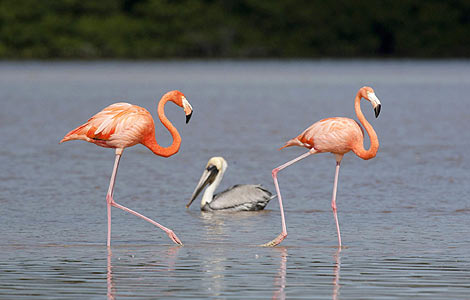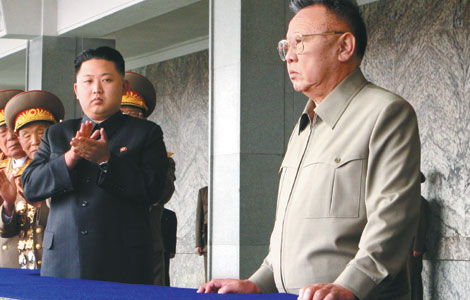|
|||||||||||
LOS ANGELES - The past year has seen the foundation laid for better understanding between Chinese and Americans through an increase in people-to-people exchanges.
Increasingly frequent tours by artists and entertainers from many fields have provided an opportunity for the people of both countries to learn more about each other's culture.
The increased activity stemmed from Chinese President Hu Jintao's state visit in mid-January. Hu and his US counterpart Barak Obama made it a priority to promote people-to-people exchanges as a means of developing support at all levels for the friendship of the two world powers and to give fresh impetus to the development of their relationship.
Pledges amde to deepen people-to-people exchanges
Hu's initiative on people-to-people and cultural exchanges was followed in mid-April by a pledge from Chinese State Councilor Liu Yandong during the second round of high-level consultations on the topic in Washington.
"People-to-people exchanges are a bridge for understanding and trust between states and between peoples," Liu said. "It also provides an inexhaustible driving force for deepening China-US relations."
Liu and US Secretary of State Hillary Clinton agreed to take further measures to raise the exchanges to a new level.
"The beautiful spring of China-US people-to-people exchanges has arrived," Liu said.
During the consultations, the two sides identified more than 40 joint projects in education, science and technology, culture, women's issues, youth and sports, according to Liu.
China also voiced its willingness to accommodate an additional 10,000 American students seeking to study in China.
The two countries kicked off the first high-level consultation on people-to-people exchanges in Beijing in May 2010.
Clinton welcomed the initiative. "We want to see robust, open exchanges, and to lay a firm foundation for cultural and educational understanding," she said.
"We think the more our people learn to cooperate and collaborate, the more that China and the United States will be able to find solutions to many global challenges," Clinton said.
Ping-pong diplomacy remembered
As the first event of the initiative, the 40th anniversary of ping-pong diplomacy was celebrated in both countries, beginning with competitions in Milwaukee and culminating with return matches at the Great Hall of the People in downtown Beijing on December 8.
In 1971, nine American table tennis players were invited to Beijing for exhibition games with Chinese players, helping break the ice between China and the United States and lay the groundwork for the eventual establishment of diplomatic relations between the two countries.
At a friendly held in the Nixon Presidential Library and Museum in Yorba Linda, California, on July 9, Liang Geliang, who took part in the 1971 matches, reprised his game against George Braithwaite, his US rival four decades ago.
The two retired elite players rekindled the fierce competition between them years ago, ending with an easy win to Liang.
Both players praised the ping-pong competition, saying it laid the foundation for the development of bilateral relations.
"I believe the relationship will be greatly developed," Liang said.
"Without this, the current situation in terms of relations is unthinkable," said Braithwaite, a USA Table Tennis Hall of Famer.
Chinese Vice President Xi Jinping and visiting former US President Jimmy Carter attended the Beijing event.
"People-to-people friendliness is the perpetual impetus and important foundation for the development of bilateral ties," Xi said, voicing hope for closer people-to-people ties.
"Ping-pong diplomacy teaches us all a lesson that has always been a nicety -- that is, the friendship between our peoples is lasting, treasured and must be preserved," Carter said.
Colorful, exotic shows won over US audiences
The year was also unforgettable with a number of performances staged in a host of cities in the United States, with artists from China winning over US audiences with their colorful, exotic and professional performances.
An audience of more than 1,200 at the Harriet & Charles Luckman Fine Arts Complex, California State University, were awed by dancers and singers from Guizhou Province in southwestern China on Oct 15. The show, known as "Songs and Dances from a Colorful Guizhou," comprised 16 scenes adapted from native and indigenous folk arts.
The show featured performances based on the cultural heritage of 17 ethnic minorities who have lived in the province for centuries. It was characterized by colorful costumes, natural singing styles, true-to-nature movements and exotic musical instruments.
"It was very beautiful," said Daniel Walker, a Los Angeles-based classical composer, referring to an act where a male sang to his loved one beside a river.
"I will definitely go to Guizhou to feel its beauty," he said.
Walker has cooperated with his Chinese counterparts on a number of projects, including "Marco Polo: The Last Mission," a three-act ballet staged as part of the 2010 World Expo opening celebration in Shanghai.
The Guizhou-based troupe also performed to sold-out crowds in New York, Atlanta and Las Vegas.
Earlier in the year, established singers and dancers from major performing troupes in China also toured the United States.
A performance showcasing Chinese culture was held in Pasadena Civic Auditorium on February 19 in celebration of the traditional Chinese Lunar New Year. The audience response was such that Yan Weiwen, one of China's top tenors, along with a number of renowned singers and musicians, was called back on stage repeatedly to take a bow.
Elsewhere on the east coast, "China: The Art of a Nation," a show featuring nearly 300 Chinese artists from eight ensembles spanning all genres of the performing arts, was staged in the John F. Kennedy Center for the Performing Arts in Washington D.C. from September to October.
The performance featured a free Millennium Stage performance by the Tangshan Shadow Puppet Theatre, the impromptu comedy of the National Theater of China's "Two Dogs' Opinions on Life", the Kennedy Center debut of the Beijing Dance Theater performing their imaginative work "Haze", a celebration of Chinese symphony and opera, and an outdoor exhibition of sculptures by some of the nation's best artists.
The show was sponsored by the Ministry of Culture of China in cooperation with the Kennedy Center. This was the second time the Center had hosted China-themed shows since 2005.
"The arts are flourishing in China and this series is an opportunity for Washington audiences, six years later, to reconnect with the country's most creative traditional and contemporary offerings," the Center said on its website.
Exhibitions held for art lovers
Other artistic forms also found their way to the United States during the year.
Exhibitions showcasing Chinese art items constitute another important part of people-to-people exchanges between the two nations.
"Warriors, Tombs and Temples: China's Enduring Legacy," an exhibition featuring more than 120 artifacts including a precious green-faced terracotta warrior from China's Qin Dynasty (221-206 BC), opened at Bowers Museum in Santa Ana, California in October.
The majority of the items making their debut were excavated from a key area near Xi'an in Shaanxi province, the end point of the Silk Road and capital of the three great unification dynasties of Qin, Han and Tang.
Hot Topics
HIV/AIDS, Egypt protest, Thanksgiving, climate change, global economic recovery, home prices, high-speed railways, school bus safety, Libya situation, Weekly photos
Editor's Picks
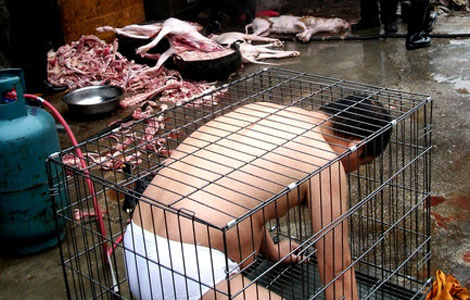
|
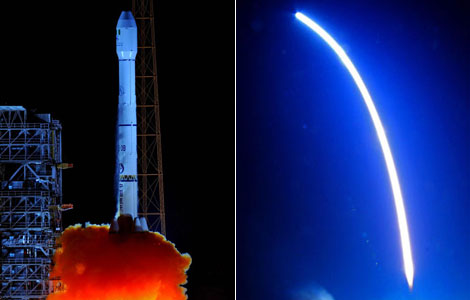
|
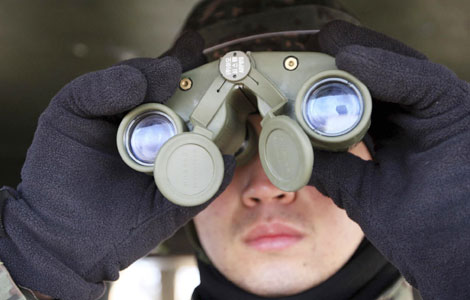
|

|
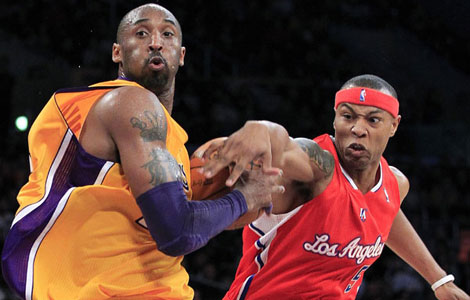
|
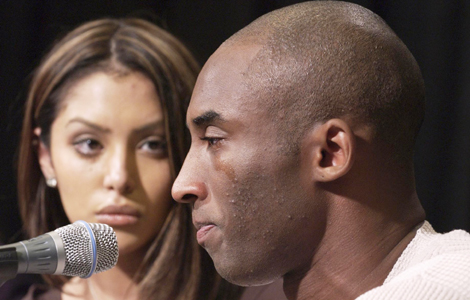
|



